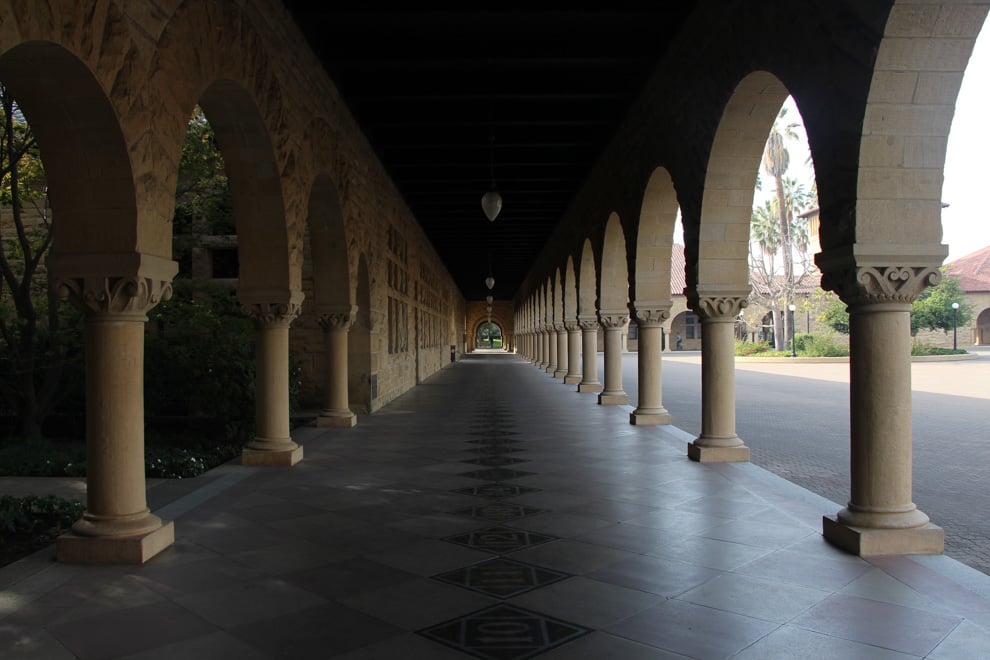Over 5000 people have signed a petition to departmentalize Stanford’s African and African American Studies (AAAS) program, which has circulated widely through email and social media platforms over the past few weeks. The organizers of the petition, the Black Student Union (BSU) and Black Graduate Student Association (BGSA), argue that the program, afflicted with a lack of staff and funding, deserves expansion into a department on par with that of Stanford’s peer institutions.
This demand comes at a time when calls for racial justice across the nation have become thunderous — during which Stanford administration, faculty and students have been confronting the endurance of the legacy of racism within the University. University President Marc Tessier-Levigne wrote on Tuesday in an open letter that along with introducing new initiatives aimed at addressing racial injustice, Stanford will be considering whether AAAS may be better suited as a department.
“If Stanford is truly going to commit to fighting anti-Blackness on campus, they first have to commit to recognizing Black studies as a legitimate intellectual contribution,” Kimya Loder, president of BGSA, said in an interview with The Daily. “Its neglect is a direct result of anti-Blackness.”
The interdisciplinary program offers a major and a minor, with thematic emphases on areas such as class, diaspora, education and more. Attempts to diversify the curriculum while continuing as a program have revealed the budgetary shortcomings of AAAS. Without dedicated hiring practices and funding, which is customary in University departments, AAAS has become understaffed and underfunded within different emphases, according to the petition organizers. The organizers also note that AAAS does not offer competitive graduate courses, causing prospective graduate students to choose other institutions.
“While the faculty … do have training and backgrounds in studying race, they are not trained in Black studies as a discipline,” Loder said. “Because Stanford hasn’t expressed the commitment to supporting Black faculty, it’s difficult to recruit Black faculty … A cluster hire tries to speak to this issue.”
Allyson Hobbs, history professor and director of AAAS, notes that the program does not have dedicated professors and must seek out teachers in other disciplines. Few faculty are willing to undertake the additional burden, and those that do may not have specific training in Black Studies and are instead specialists in other fields. This has created an overworked and distracted atmosphere within the program, making it difficult for students and teachers to reach intellectual fulfillment.
“It feels terrible … to turn down a student because you’re overwhelmed by all of the students you’re already advising,” Hobbs said in an interview with The Daily. “I don’t think that that provides … the robust intellectual experience that our students deserve.”
Despite becoming the first AAAS program at a private university in 1968, Stanford has fallen behind peer institutions, the petition alleges. Princeton University, as the petition recognizes, has an African American Studies department and offers a multitude of courses in areas where Stanford is lacking. This includes race and public policy, race and the environment, and Black queer studies, among others. Harvard, which Hobbs attended for her bachelor’s degree, also has an AAAS department. Hobbs recounted how seminal classes within AAAS were for her professional life.
“I don’t think I would have become a historian … if I hadn’t had that experience in college,” Hobbs said. “That’s why so many of our peer institutions, and so many other universities, have these departments, because it’s a part of the academic landscape.”
Even with its issues, the AAAS program has developed into a communal space, inspiring personal growth even for those not directly enrolled in the program. Daniel Izu ’22, co-president of the Stanford African Students Association, described a broad demand for the AAAS within Stanford’s Black community. Going through a chiefly British curriculum before coming to Stanford, Izu has found that AAAS has taught him more about the African American experience, culminating in self-revelation and deeper understanding.
“It’s been a source of comfort, a place of community for us, of personal learning and growth,” Izu said. “There’s a genuine interest for a lot of people to pursue some type of academic experience in the AAAS program. The level and intensity of that varies from person to person. But all my African American and African friends have definitely been involved one way or another in the program.”
Joy Leighton, senior director of public relations at Stanford, has recognized that understaffing is a problem within the AAAS. Leighton said that AAAS remains at the forefront of discussions within the administration, although a hiring freeze has prohibited them from expanding faculty.
“They want to send statements of solidarity.” Sierra Porter, co-president of the BSU, said in an interview. “We need actions, instead of just words.”
A previous version of this article stated that Hobbs said that current faculty lack the experience to teach AAAS courses properly. The article has been updated to clarify that Hobbs was referring to professors who are teaching AAAS courses that are specialists in other disciplines and do not have training specifically in Black Studies.
Contact Diana Piper at dianapiper ‘at’ gmail.com.
